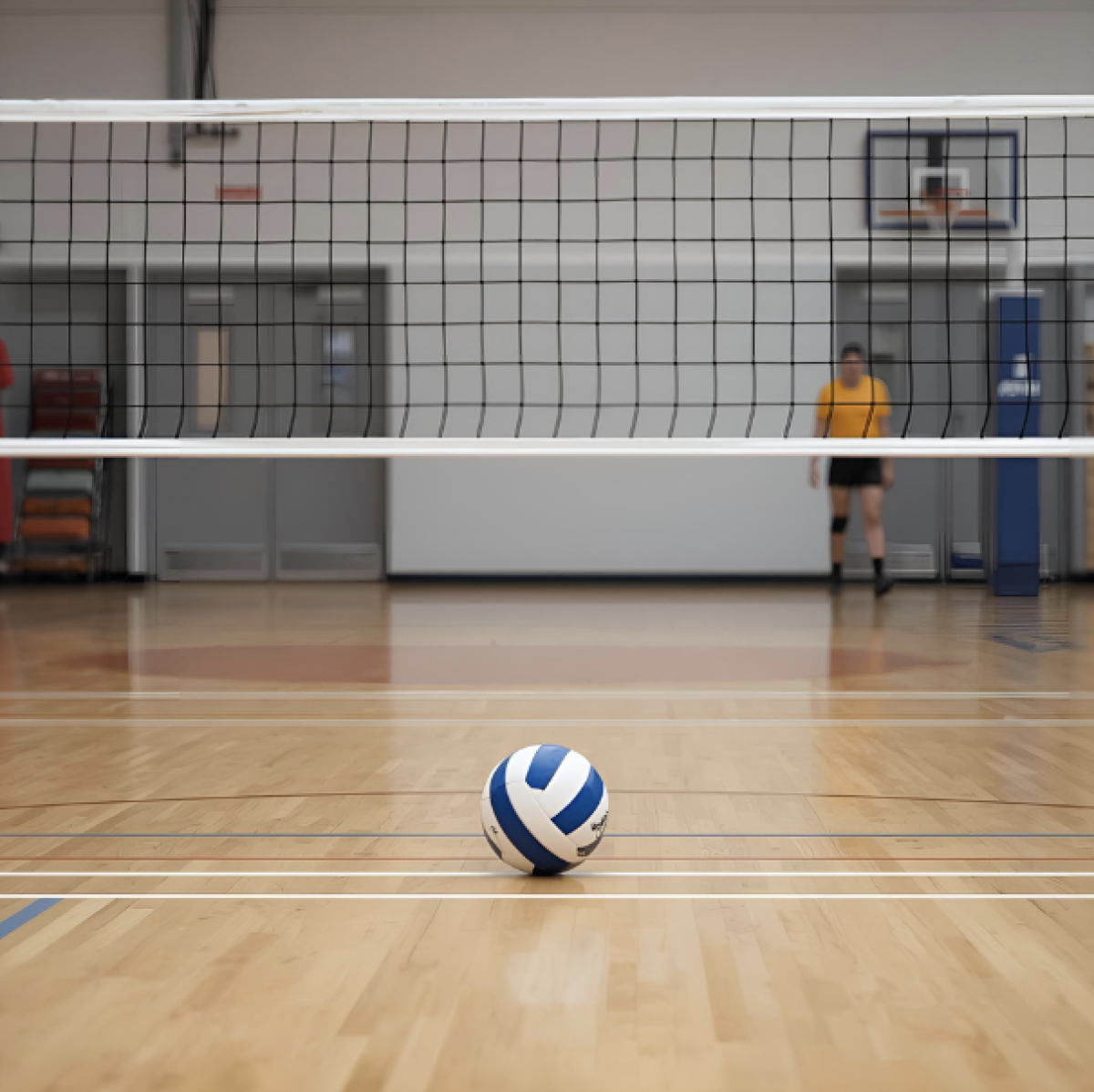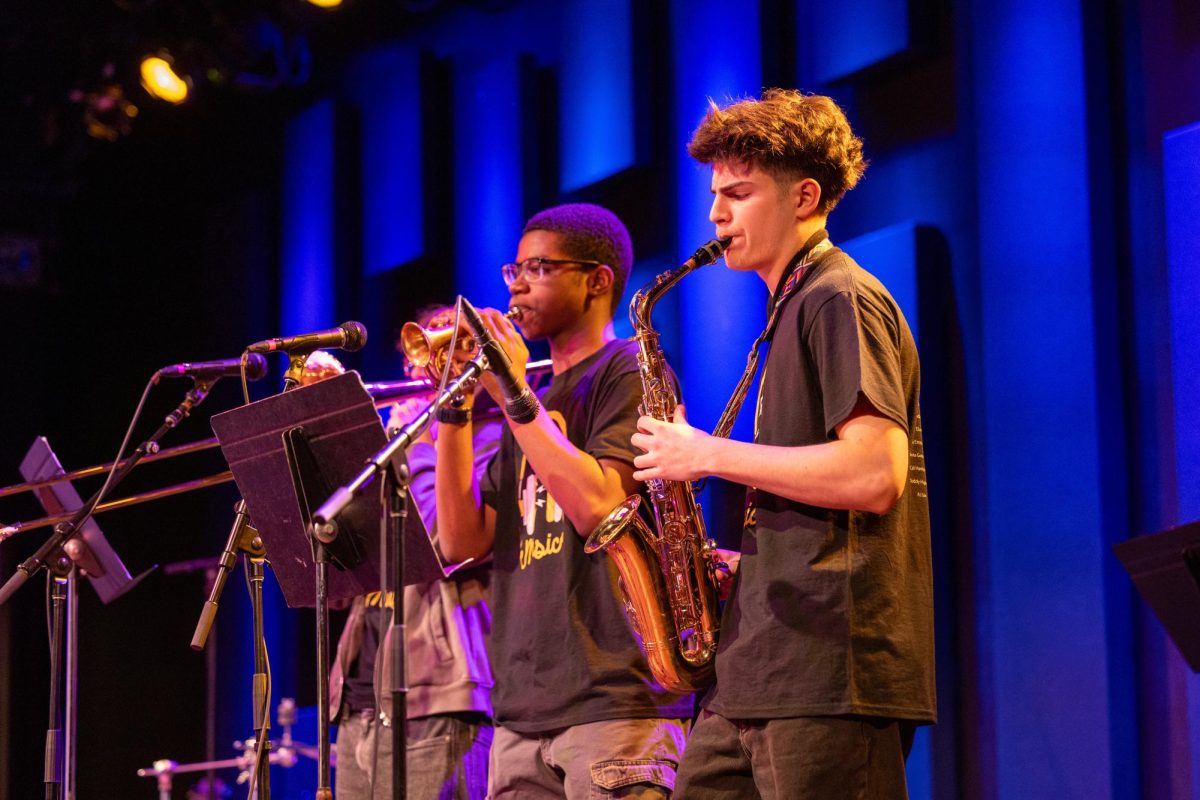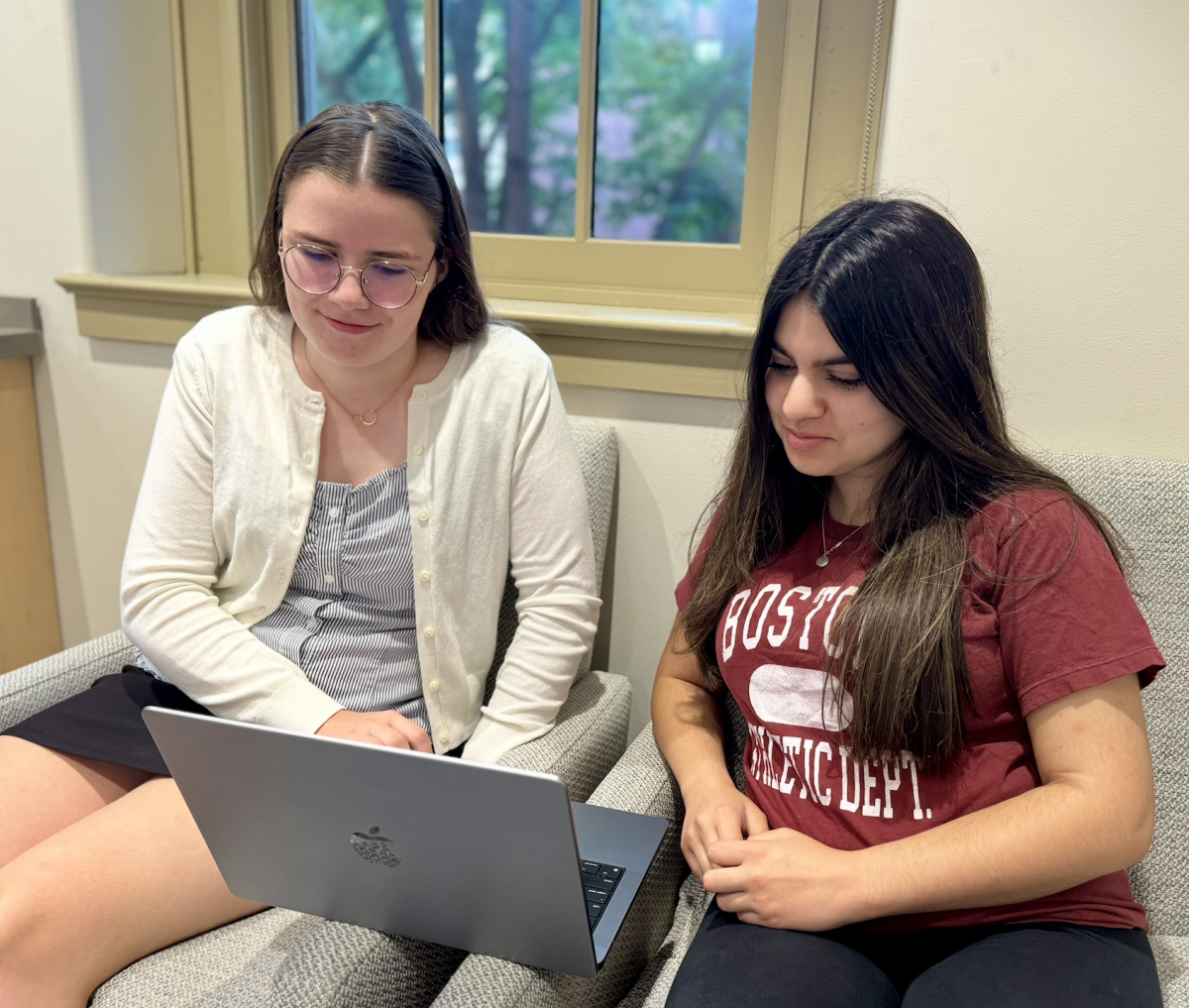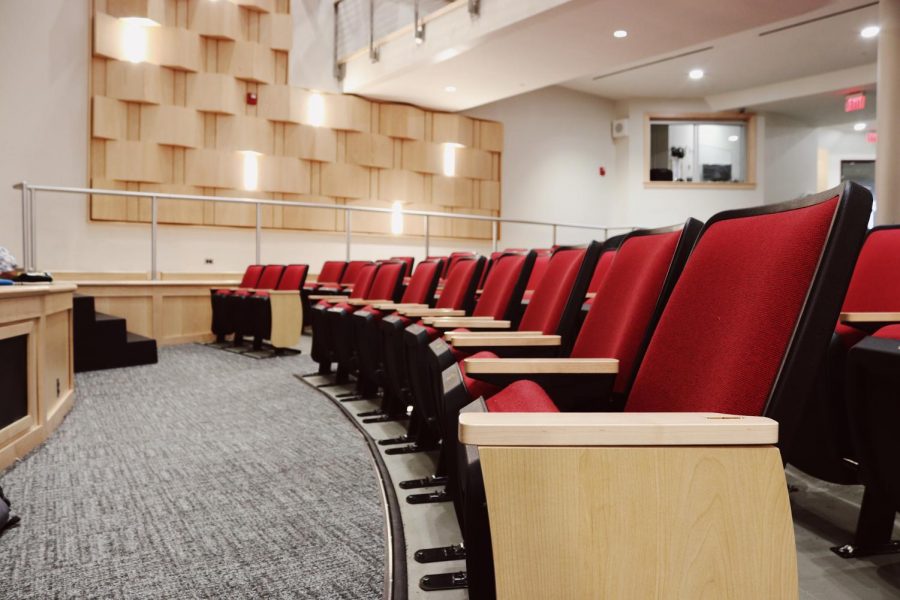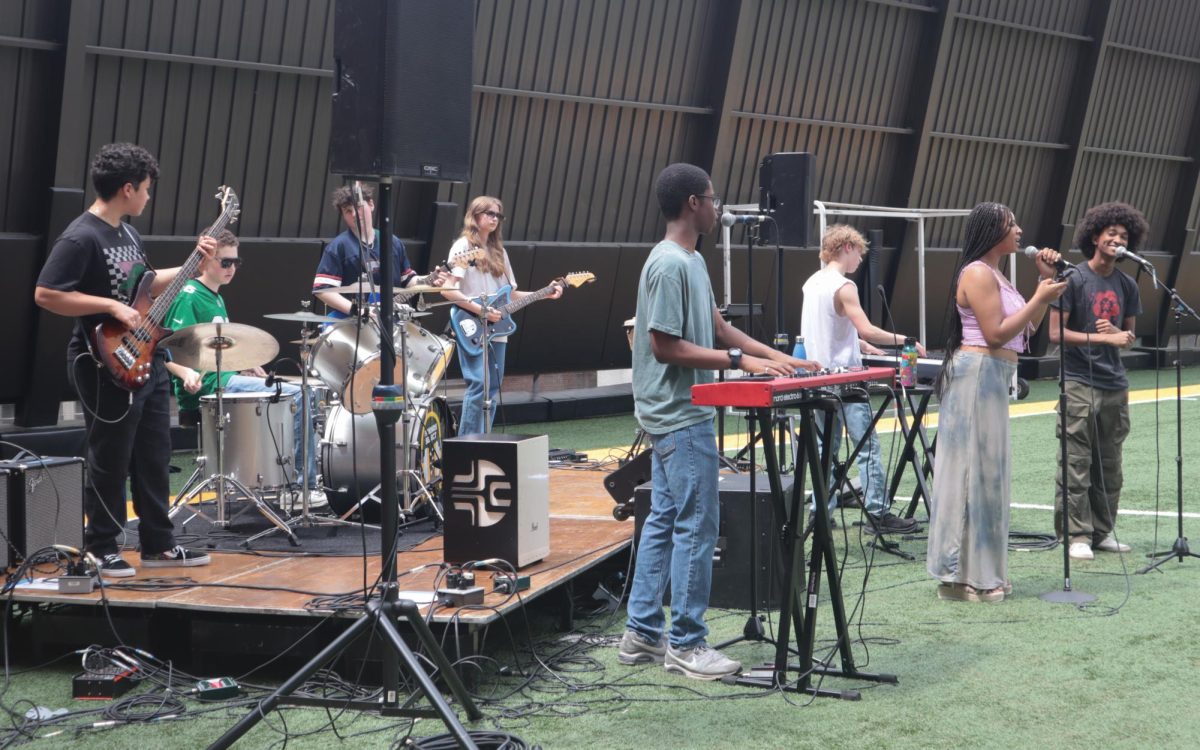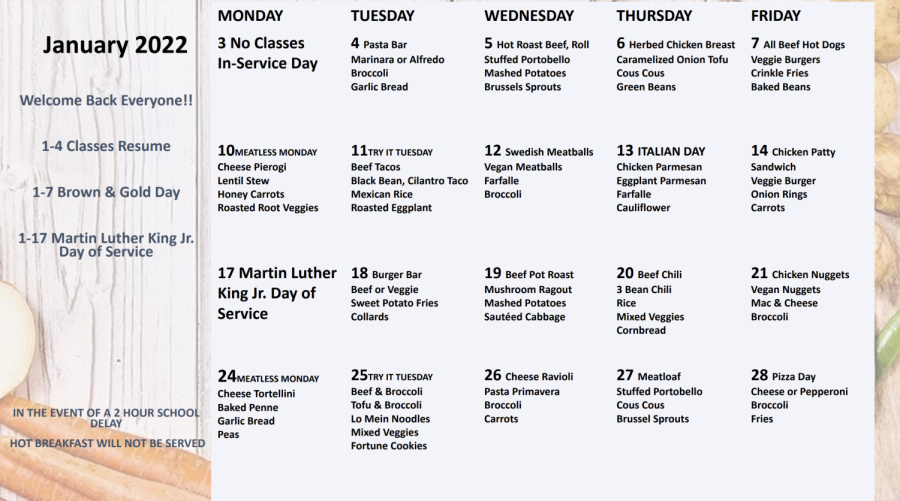Should Timing of Upper School Lunch Be Changed?
In the class period before lunch, the sounds of growling stomachs break the silence. Some students complain in a whisper that they could eat hundreds of cheeseburgers after class, while other students who are concentrating on their studies say they are used to the meal times now. At Friends Select, upper school students and faculty have different opinions on whether the timing of upper school lunch should be changed.
Of the 44 respondents who filled out the short answer question in the survey sent to all upper school students and faculty, 15 prefer a longer lunchtime to improve students’ health. At 1 pm, when the class period ends, there are always many people waiting to get lunch in the dining hall and Wawa. With only 50 minutes, students need to pack their meals, rush to the dining hall or Wawa, wait in long lines for their food, finish eating lunch, and rush to their next class. According to Provitamil, students eat their lunch on the run, which can cause digestive system disorder. Because it creates a conflict in their body between digesting food and moving the muscles needed to perform exercises. Blood flows from the gut to the legs and arms muscles and can lead to indigestion, pain, and bloating as the food eaten is not digested correctly. Based on the research done by pediatrician Natalie Digate Muth, people tend to eat a lot in a short lunchtime or eat more in the next meal, which will cause people to eat more than they actually need. Also, when people wait to eat until they are very hungry, they usually eat unhealthy fast food or junk food instead of waiting for a healthy and nutritious meal.
Some students and faculty want an earlier lunchtime to help students concentrate on learning. Ultimately, an earlier mealtime would help students focus more, and be happier as well. Based on scientific research, teenagers should eat every 3 to 4 hours to maintain their sugar level. In the FSS survey, 31.7% of 101 respondents do not eat anything before lunch, and only 41.6% can concentrate more than 60% during the last class right before lunch, which means that more than half of students cannot focus on learning. With that tired feeling in the double-period class, many students yawn, feel sleepy, and become anxious or impatient because there isn’t enough glucose in their body to support their brain thinking critically and correctly. When students feel hungry, their brain signals to the whole body that they should ‘fight for food,’ which forces students to focus on food instead of class. Moving lunchtime earlier allows students to focus more on learning since lunch is the crucial power source throughout the day. It is also essential for students who play sports after school to have a two-hour digestive time gap between a nutritious lunch and sports practice. By waiting for the body to absorb the nutrients from lunch, students can release more energy during exercise.
Though many respondents want to change lunchtime, 41.6% of all respondents think oppositely. Firstly, having three divisions that use the dining services and dining hall makes it very complicated to schedule lunch. Furthermore, for students who are already used to our current lunch schedule, keeping the current lunchtime can let their digestive system work regularly. Because every organ in the human body has memory, forming a ‘biological clock’ aims to remind organs to work at a specific time.
After analyzing the communal survey, making changes to lunchtime is still a very controversial topic among upper school students and faculty. It is also an issue that bothers many students, including myself. Personally, I would prefer to eat lunch earlier. I hope that Friends Select will take all this information into account to allow students to learn their best, stay healthy, and feel happy.









